A Chelsea award-winning team's 9 tips for sustainable gardening
These expert tips for sustainable gardening will help you create a beautiful outdoor space that puts the planet first


Make sure your outdoor space is as eco friendly as it can be with our expert tips for sustainable gardening. Sustainability has never been more important than now, with biodiversity, naturalistic planting and bio-based materials at the heart of this trend.
Create your own special outdoor space that's filled with natural beauty while at the same time enhancing the environment. Introducing a few key ideas for sustainable gardens will allow you to design your own little pocket of peace and quiet to enjoy the birds, butterflies and bees that will flock to your garden.
Acclaimed Chelsea gold medal winning duo Charlotte Harris and Hugo Bugg of Harris Bugg put sustainability at the heart of their garden design projects and their work taps into the aesthetic of the landscape around them. They are known for their informed approach and work on major projects such as the new RHS garden at Bridgewater. We asked Charlotte and Hugo to share their expert know-how and tips for sustainable gardening to help you make improvements to your plot.
Use these tips for sustainable gardening to create an eco friendly plot
Making your garden more environmentally friendly doesn't have to involve expensive, time consuming changes. With expert tips for sustainable gardening from garden designers Harris Bugg, you can introduce some key measures and you'll soon be reaping the benefits of their advice.
1. Make small changes
When it comes to how to create an eco friendly garden, it's so easy to take small steps that make a big difference and your garden will look great for it. Taking out chemicals and using natural, organic solutions to manage pests and improve the garden’s fertility is a major contribution.
Planting to encourage wildlife will help bring in the natural pest patrollers to do the work for you. Plant a variety of bee friendly plants that flower at different times of year, and introduce multiple layers. Trees, shrubs, hedges, higher and lower plants all make their own individual contributions.
Keeping dead wood, whether just a few logs or branches or even lovely architectural wood piles and dead hedges will also give your wildlife garden ideas a boost, providing new homes for invertebrates that will help you in your organic journey.
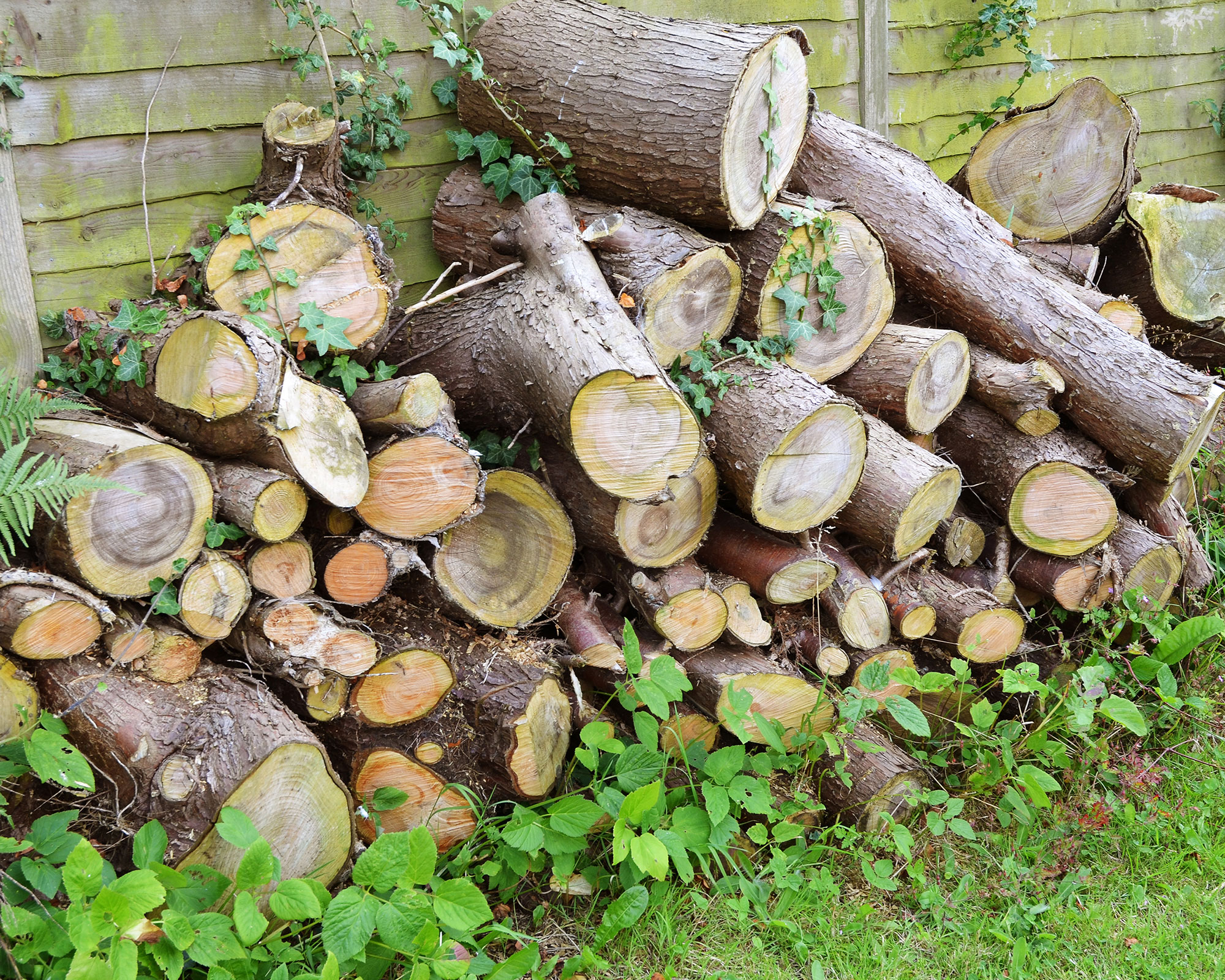
2. Adopt clever lawn tricks
Lawns can be thirsty things, requiring water and mowing to keep them looking good, both of which have environmental implications. They are also a wildlife vacuum, so this is one area where you definitely need tips for sustainable gardening.
We can transform lawns so they're full of wildlife and less resource demanding by letting them relax a little. Leaving your lawn unmown, perhaps just with paths cut into it, will revolutionise the life and joy in it.
You can also learn how to plant a wildflower meadow to create extra interest. There are different ways to do this. You could 'plug in' small wildflower plants in early autumn or spring, or you can mix wildflower seeds with a fine, damp sand to help you scatter them by hand.
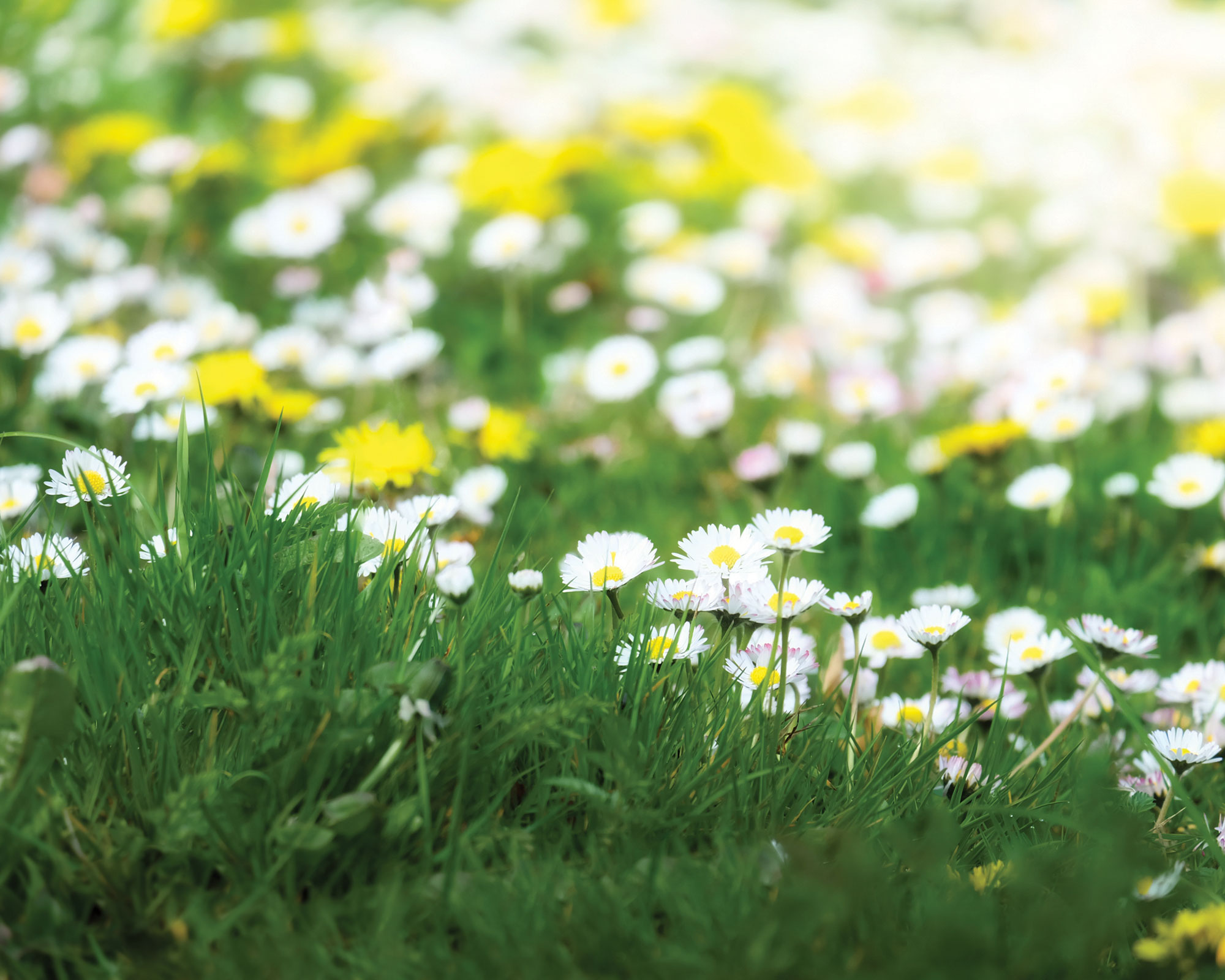
3. Choose drought friendly plants
It’s great to think about the ‘right plant, right place’ mantra, which means we aren’t forcing conditions so growing the right plants is key when it comes to tips for sustainable gardening.
If you're searching for drought tolerant plants and your garden is sunny, try fragrant rosemary, the beautiful blue globes of Echinops, long-flowering Centranthus, the cheerful daisy-like Anthemis, ground covering Alchemilla, the pollinator party of Achillea, or the lovely tactile squirrel tails of the grass Pennisetum.
If your garden is shady, go for a mix of these shade loving plants: look for the textural Dryopteris ferns, cheerful Japanese anemones, the early season joy of Hellebores and the delicate flowers of the Epimedium.
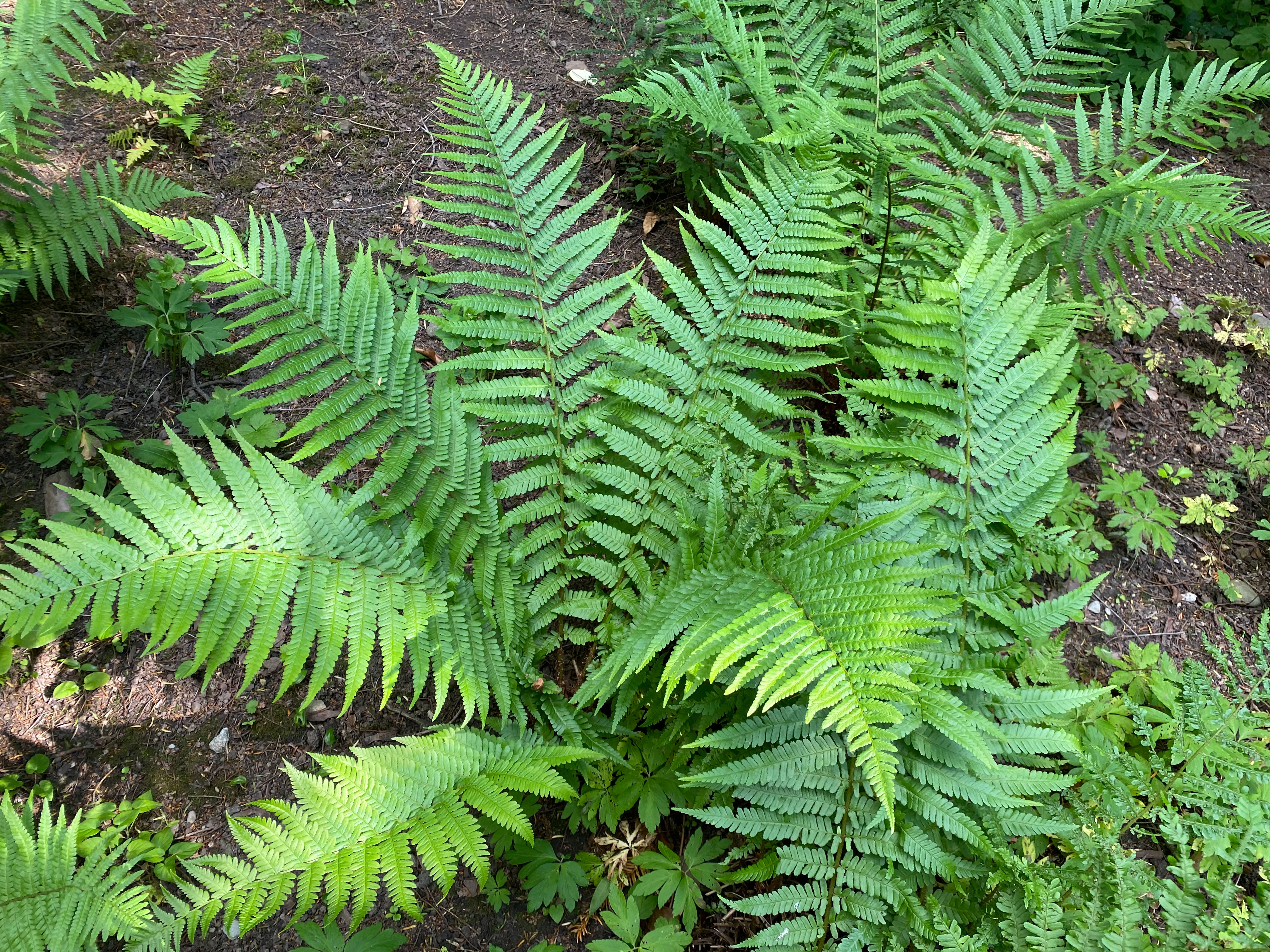
4. Go for easy perennials
Try switching to long-lasting perennials instead of annuals that bloom for one season, preferably ones that come back year after year and are hassle free. This is a brilliant way to get your garden borders to work harder for you, help keep weeds in check, provide better options for visiting pollinators and reduce landfill.
Think about the really long-lived perennials that come back every year rather than those with shorter life spans. Aruncus is one of our favorites for sun or dappled shade in moister soils, with gorgeous ferny foliage topped by dancing flower spikes in the summer.
Rudbeckias are another brilliant plant especially when planted in swathes, their golden colors perfect for late summer. Lots to choose from but variety 'Goldsturm' is particularly robust and easy.
Sedums are almost bullet-proof and pollinators go crazy for them. They come in many colors. We love the ones that range from dark pink such as 'Autumn Joy' to dramatic dark purple such as 'Jose Aubergine'. They’re happy with most soil types and prefer sun but can handle a little dappled shade, and look fantastic even in autumn and winter as seed heads.
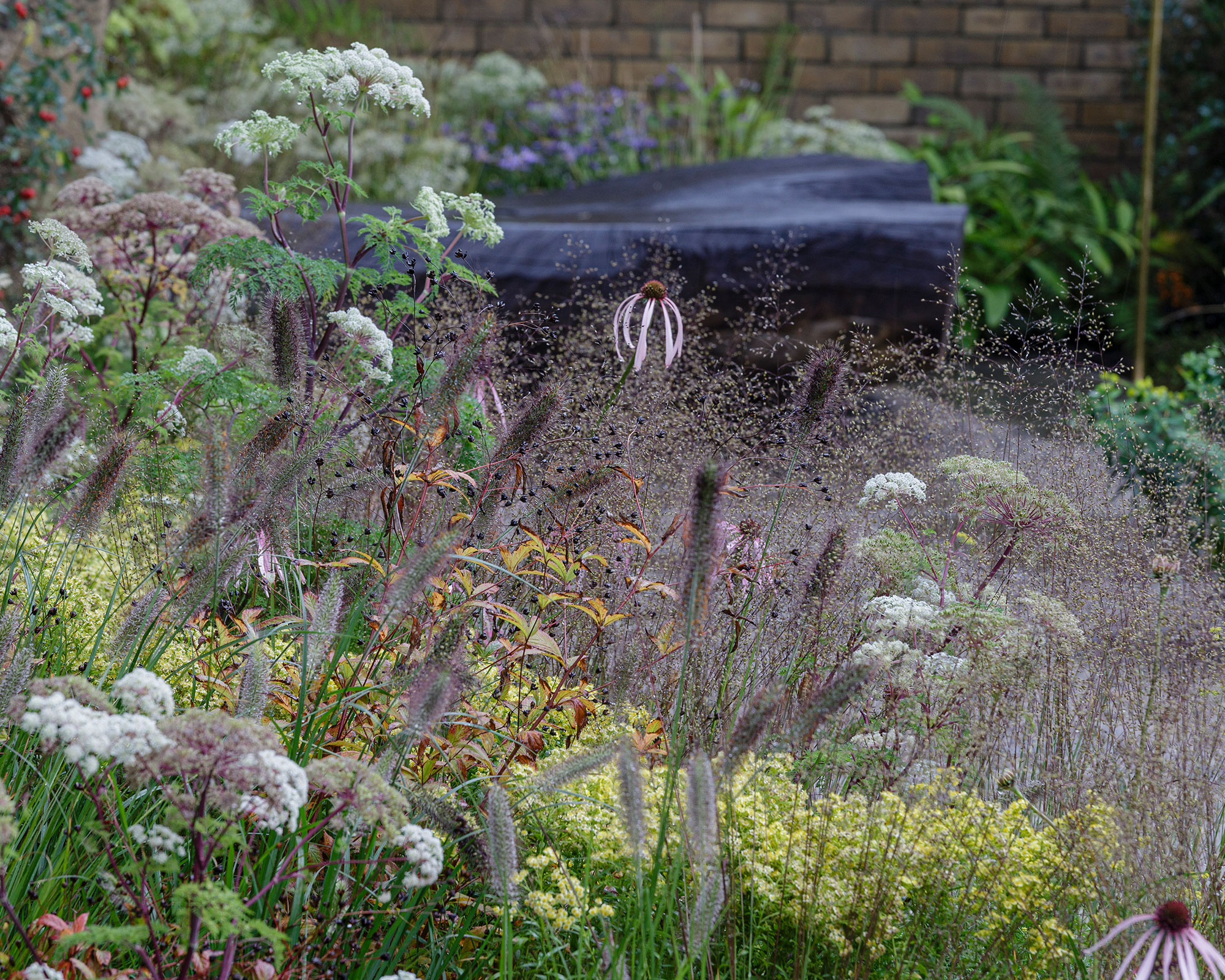
5. Look after your soil
The soil is the life force in every garden and giving it the love it deserves will help everything else flourish. By finding out about composting to make your own home-produced compost, or learning how to make leaf mould, you can add organic matter like this to feed the soil. It also loosens it up to help with aeration and support all those organisms like earthworms that transform it into something so rich. When it comes to tips for sustainable gardening ideas these are really important.
It’s worth knowing that composting bins don't have to be huge and unwieldy either. Hot bins are perfect for small spaces and the process of hot composting means you can make compost in just a few weeks.
There are even apps like ShareWaste where you can connect to neighbors to use their composting or even benefit from their production.

6. Plant trees for wildlife
Planting a tree of whatever size is a brilliant way to have a powerful positive effect on the environment. They absorb carbon dioxide, filter pollutants, help manage water run-off, help cool the garden and provide a home for an incredible range of wildlife. They are also a gift to the future.
Crab apples, Amelanchiers and hawthorns are fantastic wildlife trees as well as providing you with seasonal interest like beautiful spring blossom and lovely green summer canopies, then attractive bright red berries in autumn and winter. Look for crab apples such as 'Red Sentinel' or 'Everest' for good rich red berry colour, and make sure you read our guide to the best plants with winter berries for more options.
Rowan and birch are also worth considering for a small garden. If it’s something evergreen you’re after, perhaps to help screening, the strawberry tree (arbutus unedo) is tough and has great seasonal interest.
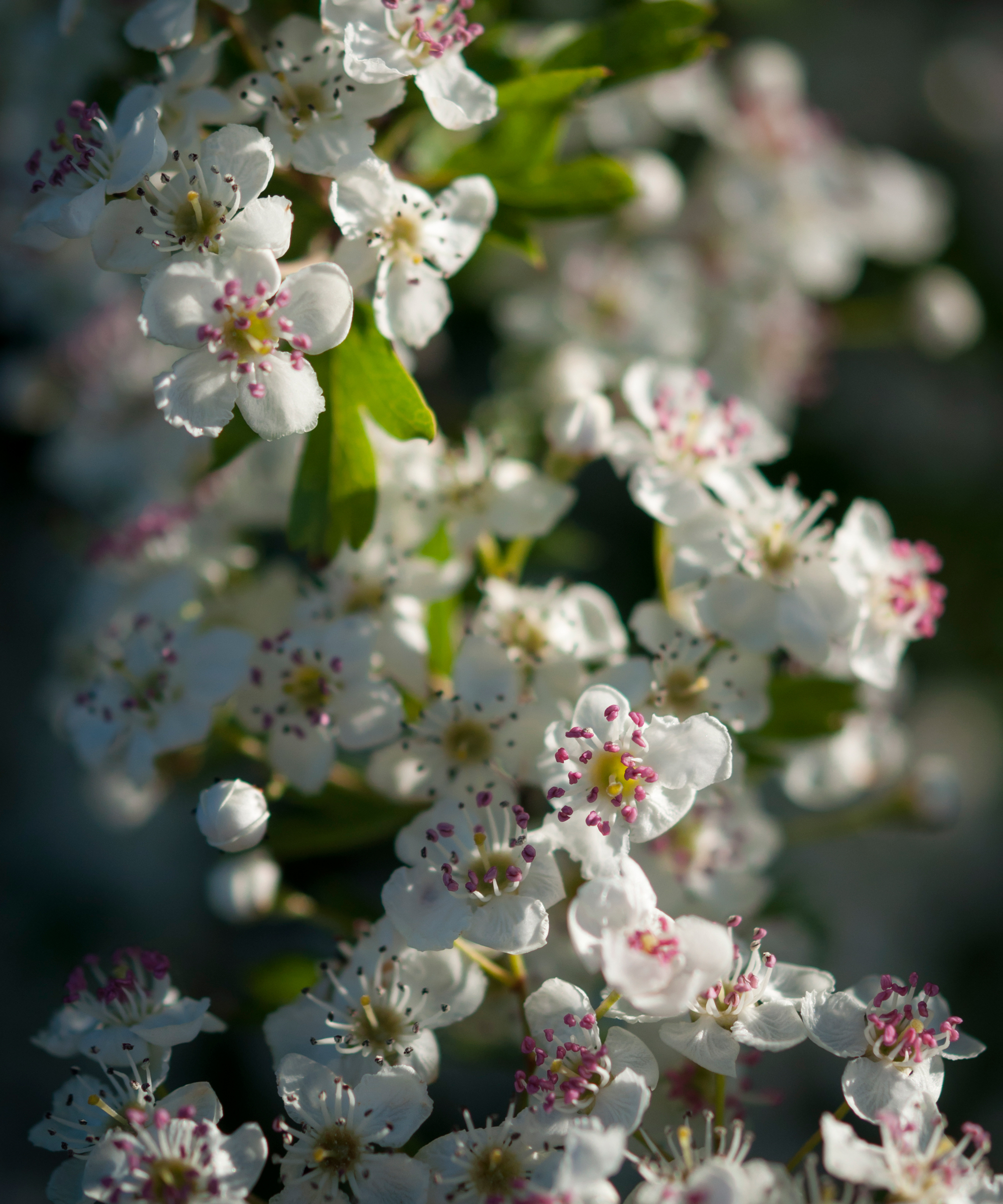
7. Create a living roof
Adding a green roof to your plot is another brilliant way to help wildlife in your garden and help to absorb rainwater. Sedums and sempervivums are fantastic options for a very shallow planting depth such as on shed or garden room roofs, as are cheery thrifts and saxifrages.
Herbs like thyme and oregano come from rocky, shallow places originally so are also good fragrant additions. If your weight loading allows a little more planting depth, you could even have a mini meadow as part of your living roof design. Check with a structural engineer or your garden room supplier to ensure the weight loading is sufficient.
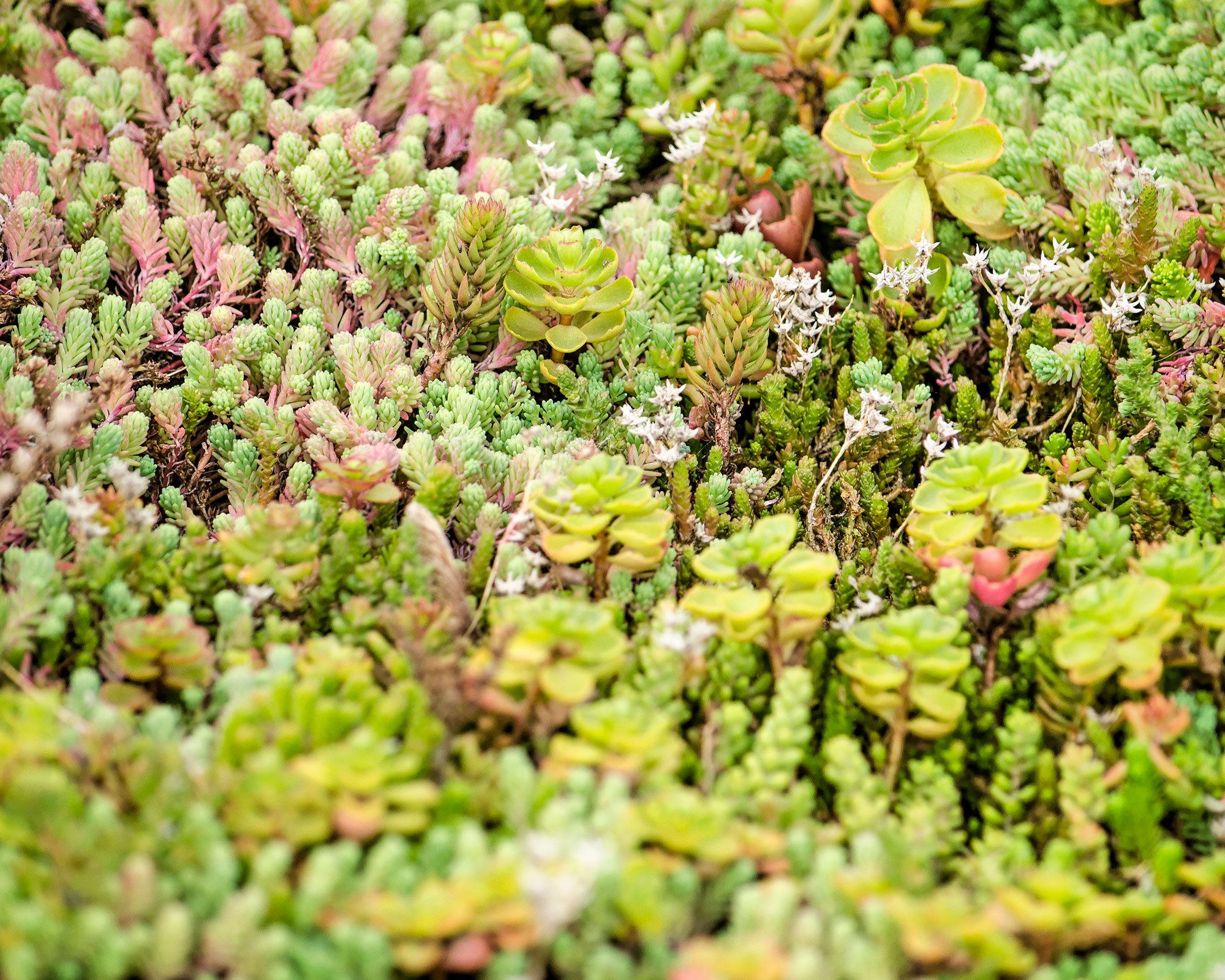
8. Increase biodiversity
The simplest way to approach this is to embrace the ‘diversity’ in ‘biodiversity’. The greater the range of plants in a garden, the more wildlife it will attract. Choosing a variety of heights, colors, and flowering times of the year will fast track your garden into a butterfly delight and help save the bees.
Really think about food sources for early and late season so that you’re offering a pollinator buffet. Also allow your garden to relax, even if it is just in corners. Rewilding certain areas will allow it to get a bit wilder, a little messier, with logs and branches left to decay.
Introducing water to the garden - even if it's just a small container or mini water feature idea - will make a huge difference, and will help your garden come alive with wildlife.

9. Opt for eco hard landscaping
Understanding the key benefits to thoughtful hard landscaping ideas is key. Sustainable choices include materials that are permeable. They allow water to drain through to the soil rather than run-off and create more water management issues with our drains already struggling to cope.
First, keep your hard landscaping to a minimum. Gravel is the most permeable hard landscaping solution, so consider that and perhaps use stepping stones within the gravel should you want them. If you do decide to use paving, make sure that it's ‘dry laid’ on a permeable sub-base, not on poured concrete. Keep joints a bit wider to help with rainwater draining through.
Being sustainable is also considering where you get these elements from. We try to procure from local sources to reduce travel miles. We also think about whether we can reuse the existing materials on site (or those available from reclamation yards) in interesting ways so we are not creating new resource implications but instead repurposing those that are already in use.


Lifestyle journalist Sarah Wilson has been writing about gardens since 2015. She's written for Gardeningetc.com, Livingetc, Homes & Gardens, Easy Gardens and Modern Gardens magazines. Having studied introductory garden and landscape design, she is currently putting the skills learned to good use in her own space where the dream is establishing a cutting garden.
